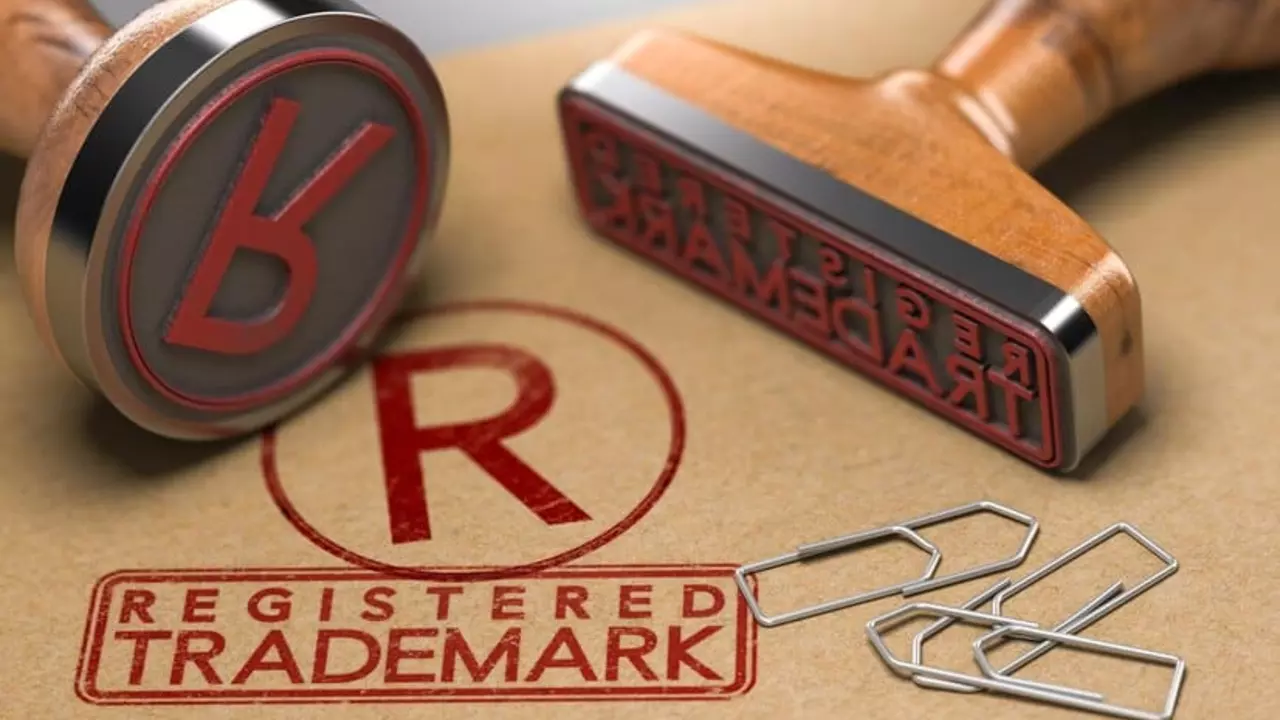What is a class 30 trademark?

Understanding Trademarks
Before we delve into the specifics of a Class 30 trademark, it's important to first gain a basic understanding of what trademarks are. In simple terms, a trademark is a recognizable sign, design, or expression which distinguishes products or services of a particular source from those of others. It's essentially a brand's identity, and it's protected by law so that others cannot copy or misuse it. Trademarks can be logos, symbols, names, sounds, colors or even smells. They play a crucial role in promoting economic efficiency by reducing consumer search costs and promoting competition.
The Classification of Trademarks
Trademarks are categorized into 45 different classes under the Nice Classification (NCL), an international classification system for products and services used for the registration of marks. These classes are divided into two broad categories: goods (classes 1-34) and services (classes 35-45). Each class represents a distinct set of related goods or services. For instance, Class 16 covers paper and office materials, while Class 41 covers education and entertainment services.
An Introduction to Class 30 Trademark
Class 30 is one of the 34 classes of goods under the Nice Classification. It covers a wide range of foodstuffs of plant origin which are used primarily in cooking, as well as other related goods. Class 30 is a broad category, and it's often used by businesses in the food and beverage industry.
Examples of Goods under Class 30
Class 30 includes a wide variety of goods, including coffee, tea, cocoa, sugar, rice, tapioca, sago, artificial coffee; flour and preparations made from cereals, bread, pastries and confectionery, ices; honey, treacle; yeast, baking-powder; salt, mustard; vinegar, sauces (condiments); spices; ice. It's a comprehensive list that covers most goods that are used in cooking.
What Isn't Covered by Class 30?
While Class 30 covers a wide range of goods, there are certain things it doesn't cover. Most notably, it doesn't include certain goods made of cereals which are not included in other classes, raw cereals, and certain goods made of cereals. Furthermore, it doesn't cover certain baby foods, dietetic foods and food for medical use. These are covered under different classes.
Why Register a Class 30 Trademark?
Registering a trademark under Class 30 gives you exclusive rights to use the mark in connection with the goods specified in the registration. This means that no other business can use a similar mark for similar goods without your permission. This can help prevent confusion among consumers, and it can also protect your brand's reputation.
How to Register a Class 30 Trademark
Registering a Class 30 trademark involves a few different steps. First, you'll need to conduct a trademark search to ensure that your desired mark isn't already in use. Once you've done that, you can file an application with the United States Patent and Trademark Office (USPTO), or the appropriate trademark office in your country. This application will include information about your mark, the goods it's associated with, and your business.
Challenges in Registering a Class 30 Trademark
While the process of registering a Class 30 trademark is relatively straightforward, it can be challenging. One of the biggest challenges is ensuring that your mark is distinctive enough to qualify for protection. Also, because Class 30 covers such a wide range of goods, it can be difficult to clearly define the goods associated with your mark. Finally, because the food and beverage industry is so competitive, there may be other businesses with similar marks, making it harder to establish a unique identity.
Conclusion: The Importance of a Class 30 Trademark
In conclusion, a Class 30 trademark is an essential tool for businesses in the food and beverage industry. It helps protect your brand's identity, prevents consumer confusion, and promotes fair competition. While the registration process can be challenging, the benefits of owning a trademark in Class 30 are well worth the effort.

Write a comment